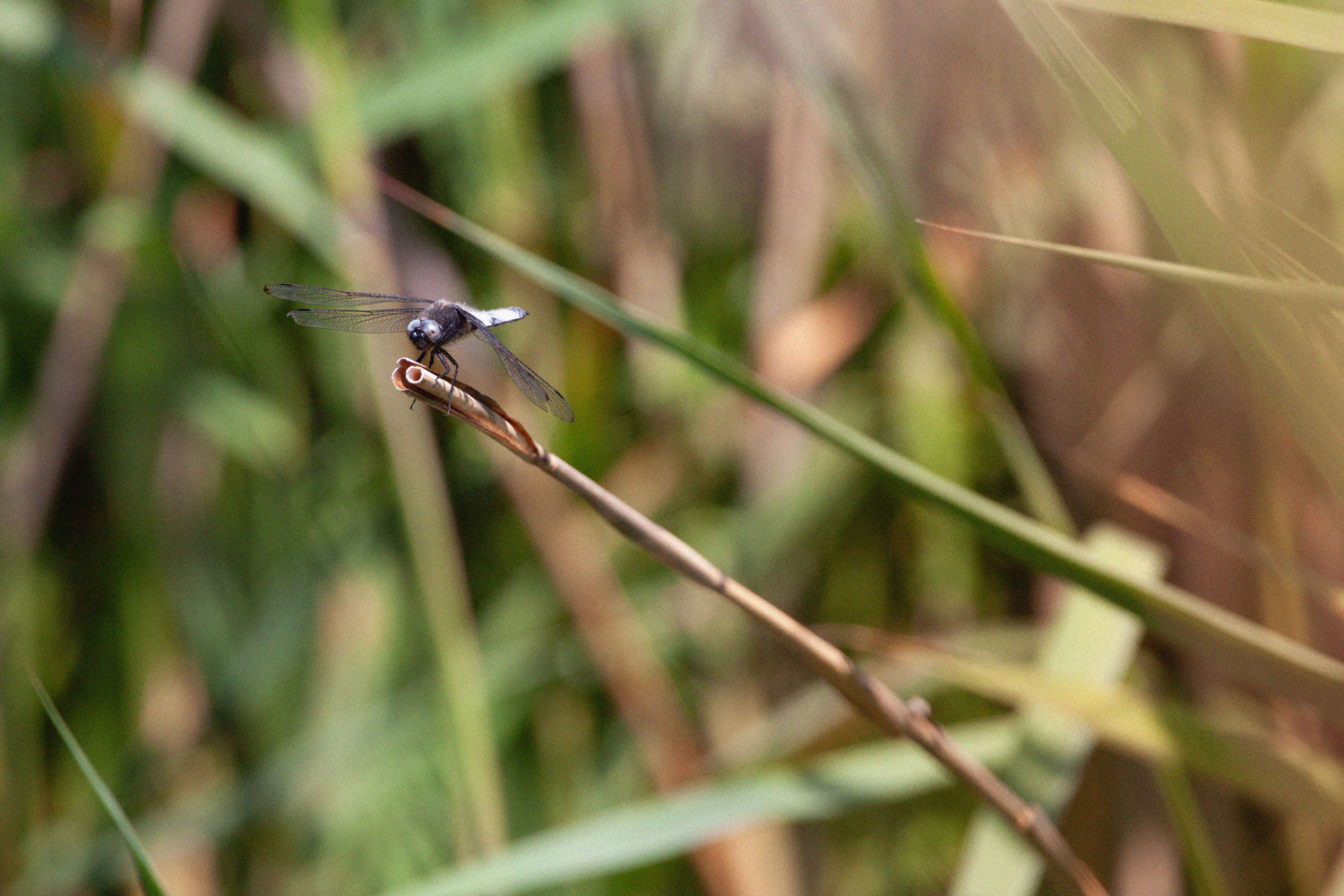Biodiversity Net Gain
Mandatory Biodiversity Net Gain (BNG) was first set out in the Environment Act 2021.
It aims to reverse the historic decline in biodiversity and leave the natural environment in a better state by making sure that any development subject to planning permission has a measurably positive impact on biodiversity, compared to what was there before development, by creating and improving natural habitats.
In England, BNG is being introduced under a statutory framework through Schedule 7A of the Town and Country Planning Act 1990 (as inserted by Schedule 14 of the Environment Act 2021).
BNG will be mandatory for major developments from 12 February 2024 and for small sites from 2 April 2024. It is expected to extend to Nationally Significant Infrastructure Projects, from late November 2025.
The definition of small sites is summarised below, with the full definition found in the regulations. Small site development includes:
- Residential development where the number of dwellings is between 1 and 9, or if unknown the site area is less than 0.5 hectares
- Commercial development where floor space created is less than 1,000 square metres or the total site area is less than 1 hectare
There are a number of exemptions from BNG, as follows:
- Development below the de minimis threshold (to ensure that BNG does not apply to either very small scale development or development which does not impact habitat);
- Householder applications;
- Biodiversity gain sites;
- Some small scale self and custom build applications;
- High speed railway transport network.
From the commencement dates, a general biodiversity gain condition will be applied to all planning permissions, unless exempt. This means that developers will need to demonstrate how they will bring about a minimum 10% increase in biodiversity to obtain planning permission for their projects. Any habitat enhancement or creation to meet BNG requirements must be secured for 30 years.
Application stage
As a minimum, planning applications must contain the following information:
- A statement and justification of whether or not the proposal is within the scope of mandatory BNG;
- The existing pre-development habitats must be surveyed, mapped, and quantified using the DEFRA statutory metric; and
- A statement of how the applicant intends to deliver BNG.
We recommend to include a draft Biodiversity Gain Plan (with a completed biodiversity metric including the post development biodiversity value) at the planning application phase.
Pre-commencement
A Biodiversity Gain Plan is required to be approved at the pre-commencement stage. The biodiversity gain plan should set out how the development will deliver BNG including:
- How the development has considered the BNG hierarchy; i.e. impacts of the development on the on-site habitat have been minimised, BNG delivered on-site, BNG delivered off-site locally, statutory credits purchased as a last resort.
- The effects on any irreplaceable habitats,
- A valid fully completed statutory biodiversity metric with the post development biodiversity value on-site and off-site if relevant,
- Proof of registration of off-site gains allocated to the development, and/or proof of purchase of statutory credits.
The new mandatory BNG requirements will be in addition to all other existing legal and policy requirements relating to the environment, ecology and biodiversity, and will run alongside these rather than replacing them.
Further information can be found here: Meet biodiversity net gain requirements: steps for developers - GOV.UK (www.gov.uk)


